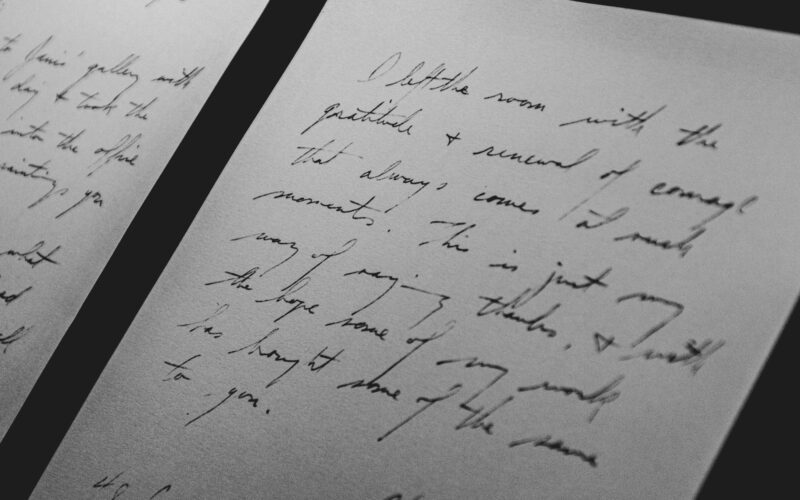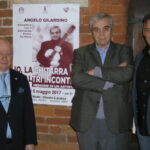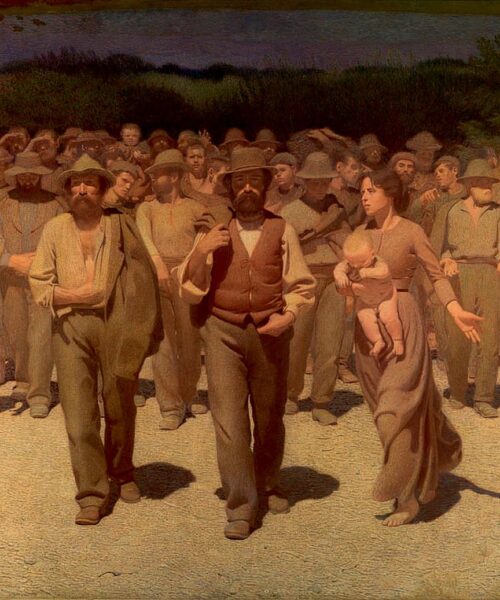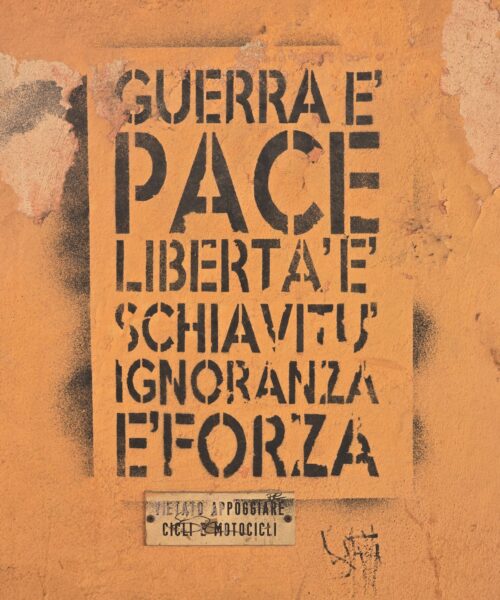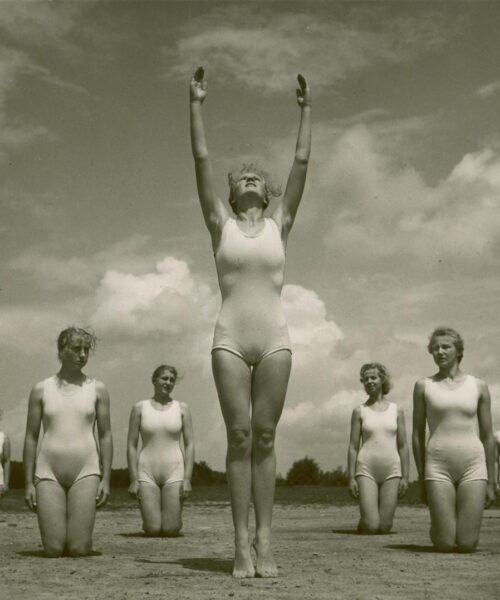Introduction
In the digital era we inhabit, where handwritten communication seems increasingly consigned to history, an ancient art is experiencing a renaissance: calligraphy. Writing with a pencil, taking the time to craft each letter with grace and precision, is capturing the attention of many enthusiasts. This resurgence is not only for the aesthetic pleasure it provides but also for the numerous benefits it offers to the mind and brain. In this article, we will delve into the virtues of pencil writing and how this manual exercise can contribute to mental well-being.
The Beauty of Calligraphy:
The allure of calligraphy lies in its ability to elevate writing to an art form. Each pen or pencil stroke is meticulously planned, considering the harmony of lines, the shape of letters, and their arrangement on the page. Calligraphy demands a mastery of hand movement and a precision in detail that is distinct from typing on a keyboard.
When writing with a pencil, one can feel the slight friction of the tip against the paper, whether smooth or textured, adding a tactile element to the experience. The physical sensation of the pencil gliding across the page adds a sensory dimension to writing, fostering a deeper engagement with the process. Each letter requires time and attention to be crafted properly, and every stroke becomes a component of beauty contributing to the whole.
Unlike typing, which can feel impersonal and hurried, writing with a pencil demands greater mental presence and awareness. It necessitates focus on the movement of the hands, the pressure applied, and the angle of the pencil to achieve the desired outcome. This slower process allows for an appreciation of the beauty of the act and fosters a deeper connection with the writing itself.
Calligraphy, with its intentional approach and meticulous manual control, can transform even daily writing into an aesthetic experience. Letters can take on elegant and fluid shapes, and the arrangement of words can create visual harmony. Calligraphy offers the chance to express one’s personality through a unique writing style, adding a touch of creativity and originality to every penned word.
The Manual Exercise and the Mind:
The manual exercise involved in pencil writing offers numerous benefits for the mind and brain. This type of activity not only improves hand-eye coordination but also stimulates various brain areas, enhancing cognitive abilities.
Studies have shown that handwriting activates brain regions associated with memory. When writing with a pencil, the brain is engaged in the process of forming letters, outlining contours, and connecting words. This activity requires more cognitive effort than typing, as it necessitates the active generation of characters and the maintenance of stroke consistency. Consequently, handwriting can aid in better information retention and retrieval.
Furthermore, handwriting stimulates information processing. Writing with a pencil forces one to process ideas and words in real-time, as it is not as easy to erase or correct as on a computer. This active processing helps to improve understanding and learning, allowing for deeper reflection and exploration of ideas.
Calligraphy, in particular, demands an even higher level of concentration and control. Practicing calligraphy requires attention to the details of letters, stroke, pressure, and pencil angle. This activity necessitates constant awareness, helping to train the mind to stay focused and concentrate on the task at hand. Calligraphy can thus be considered a mental exercise that enhances the ability to concentrate and pay attention.
Beyond memory, information processing, and concentration, handwriting, including calligraphy, has been shown to stimulate creativity. The slower and more intentional process involved in pencil writing allows the mind to explore ideas and shapes in more detail. Calligraphy also provides an opportunity to express one’s creativity through unique writing styles and personalized embellishments.
Fostering Focus and Mindfulness:
Encouraging focus and mindfulness through pencil writing is a valuable aspect of this practice that contributes to mental well-being and emotional balance.
When writing with a pencil, one enters a state of intentional attention, focusing on the actions of the hands and the movement of the fingers. This process requires more active involvement than typing on a keyboard, which is often done automatically. Handwriting thus becomes an opportunity to fully inhabit the present moment more completely and mindfully.
Active awareness during pencil writing allows for a detachment from digital distractions. While handwriting, one steps away from electronic devices and notifications, creating a space of tranquility and concentration. This digital respite promotes greater emotional balance and stress reduction, offering refuge in a more intimate and relaxing experience.
Moreover, pencil writing can aid in managing anxiety and worries. The slow and methodical process involved in calligraphy and handwriting requires constant attention, which can serve as a mindfulness exercise. Focusing on tracing each letter, being mindful of the harmony of shapes and curves, allows the mind to shift away from anxious thoughts and find greater inner calm.
The tactile experience of writing with a pencil also contributes to a sense of connection with one’s creativity. Feeling the resistance of the paper under the pencil tip and watching the evolution of the written forms provides sensory satisfaction that transcends the purely practical aspect of writing.
Preserving the Art of Handwriting:
Preserving the art of handwriting is a venture of great cultural and historical value, as it allows us to maintain a connection with the past and preserve a fundamental part of our identity.
With the advent of new technologies, typing on electronic devices has become the norm for written communication. While quick and efficient, this practice has progressively relegated handwriting to a marginal role in our daily lives. However, handwriting is intrinsically linked to our history and traditions, having been the primary means of written expression for centuries.
Calligraphy, in particular, is one of the most artistic and beautiful forms of handwriting. Keeping this practice alive allows us to appreciate the skill and artistry of past generations, as well as to preserve a unique and irreplaceable form of expression. Calligraphic works can be viewed as true works of art, expressing the personality and talent of their creators.
Preserving handwriting is also a way to maintain a connection with our cultural roots. The practice of calligraphy and writing with a pencil has a long and rich history in many cultures around the world. By preserving these traditions, we show respect for our cultural heritage and pass on a legacy of knowledge and skills to future generations.
Moreover, writing with a pencil allows us to express ourselves in a unique and aesthetically pleasing way. Each individual develops a distinctive and personal writing style that reflects their personality and sensibilities. Handwriting thus becomes a means of communicating our individuality and leaving a unique imprint on every page.
Conclusion:
Writing with a pencil and practicing calligraphy is a precious way to bring manual art back to the center of our digital lives. Beyond the aesthetic beauty it provides, handwriting activates the mind, enhances concentration, and fosters a state of calm and awareness. Calligraphy reminds us of the importance of keeping traditions alive and cultivating our connection with art and creativity. So, the next time you wish to write something special, pick up a pencil and let your mind dance across the paper, creating a unique and personal masterpiece.

